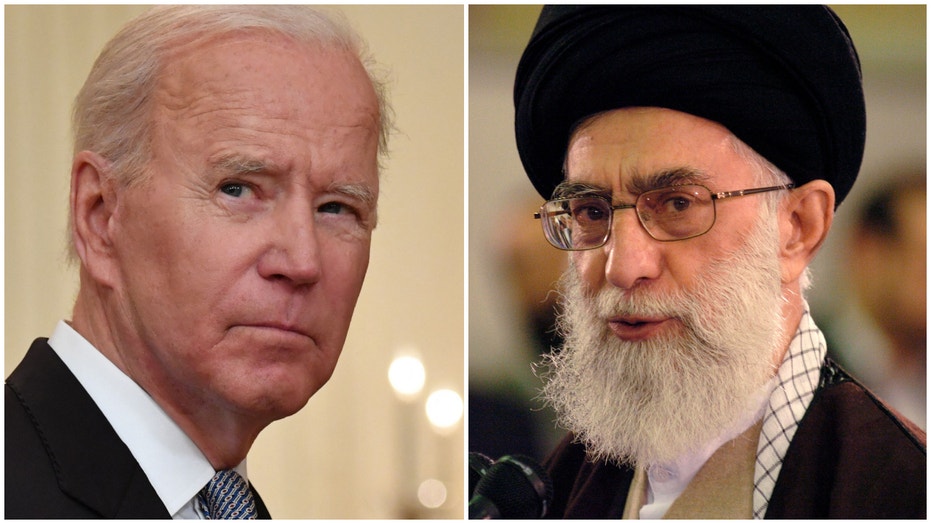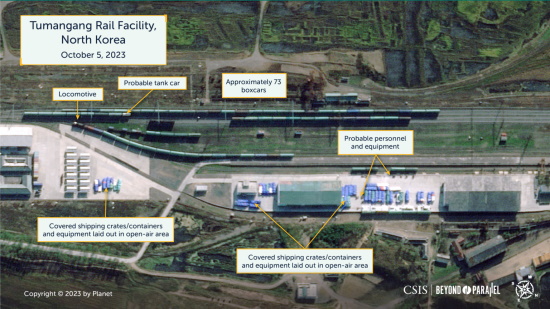Russia begins production of Kh-101 cruise missiles with two warheads, doubling their danger — Defense Express
The analysis of the downed wreckage of the missile showed the mass of its explosive charge increased from 400 to 800 kg.

The modernization became possible by decreasing the fuel tank size, which shortened the missile range from 5,500 to nearly 2,250 kilometers, the Defense Express wrote.
It was initially reported in January 2024 during a propaganda visit by the head of the Russian Ministry of Defense, Sergei Shoigu, to the “Raduga” missile design bureau responsible for producing these cruise missiles.
The new warhead’s weight is twice that of the previous 400 kg. However, rather than simply increasing the weight of a single warhead, the Russians have opted for a more insidious solution by incorporating two separate warheads. The Telegram channel “Polkovnyk HSH” revealed this information, providing photos of the warheads and noting that this discovery was made after analyzing a downed Kh-101 missile during the enemy’s latest attack on the night of 29 March 2024.
It was also mentioned that the second warhead contains ready-made damaging elements of cubic shape, which are typically used in anti-aircraft missiles but can have a significant damaging effect on personnel when used in ground attacks.
The installation of an additional warhead alongside the conventional high-explosive fragmentation warhead was made possible by reducing the size of the fuel tank. While this decreases the Kh-101 range from 5,500 km to a hypothetical 2,250 km, it is not significant for Russia’s war against Ukraine.
Even when launched from the Saratov region against targets in the west-Ukrainian Lviv region, such a missile would still have 500-700 km additional maneuvering capability.
The idea of equipping the Kh-101 with two warheads can be traced back to Russian sources in the mid-2010s, during the development and testing stages of this missile. At that time, it was indicated that the 400 kg warhead could be divided into two in one of the missile’s configurations. At the same time, the specific release mechanism used in the new version of the X-101 remains uncertain.
Read also:
- Ukraine intel: Russia ramps up missile production but falls behind pre-war levels
- Russia targets more power plants as Ukraine downs 58/60 explosive drones, 26/39 missiles
- Shahed drone attack hit industrial facility in Odesa, caused blackout in Mykolaiv
- Defense Express: Missile debris in Kyiv resembles Russia’s secret Zircon “hypersonic”
- Three French companies to set up production in Ukraine
- Telegraph: Russian military spending seven times higher than NATO average
You could close this page. Or you could join our community and help us produce more materials like this.
We keep our reporting open and accessible to everyone because we believe in the power of free information. This is why our small, cost-effective team depends on the support of readers like you to bring deliver timely news, quality analysis, and on-the-ground reports about Russia's war against Ukraine and Ukraine's struggle to build a democratic society.
A little bit goes a long way: for as little as the cost of one cup of coffee a month, you can help build bridges between Ukraine and the rest of the world, plus become a co-creator and vote for topics we should cover next. Become a patron or see other ways to support.



